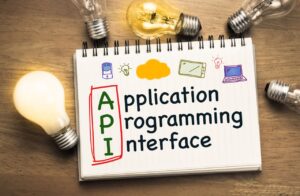Mastering API Documentation: A Comprehensive Guide to Best Practices
Mastering API Documentation: A Comprehensive Guide to Best Practices

Introduction:
In the ever-evolving landscape of software development, the unsung hero that often determines success or stagnation is clear and effective API documentation. Welcome to “Mastering API Documentation: A Comprehensive Guide to Best Practices and Real-World Examples.” This blog series embarks on a journey through the intricacies of crafting API documentation that not only meets the functional needs of developers but elevates the entire development experience. As we navigate this exploration, we’ll unravel the critical components—from the overarching importance of documentation to the nuanced details of endpoint structuring, sample requests and responses, and the art of providing practical examples.
Effective API documentation serves as the bridge between developers and the intricate functionalities of a software system. It goes beyond being a mere technical manual; it’s a catalyst for collaboration, a tool for seamless onboarding, and a guarantee for the longevity of a project. Lackluster documentation, on the other hand, can result in confusion, frustration, and the hindrance of project progression. In this series, we will unravel the layers of API documentation, shedding light on best practices and illustrating each concept with tangible real-world examples.
Our journey begins with the foundational understanding of why API documentation matters, exploring its role as a crucial element in the development lifecycle. We’ll then dive into crafting clear API overviews, establishing a solid groundwork for developers to comprehend the purpose, structure, and application of your API. Subsequent sessions will delve into detailing individual endpoints, providing precision in documentation, and ultimately elevating the developer experience through immersive examples and practical insights. As we embark on this exploration, be prepared to master the art of API documentation, arming yourself with the knowledge to not only convey technical details but to foster a collaborative and efficient development ecosystem.
The Importance of Well-Crafted API Documentation
API documentation is the unsung hero behind successful software development. In this blog series, we’ll delve into the intricacies of writing exceptional API documentation, exploring best practices and real-world examples that can elevate your development projects.
Why Documentation Matters: Effective API documentation is more than a technical manual; it’s a bridge between developers and the functionality of a software system. It enhances collaboration, accelerates onboarding, and ensures the longevity of your project. Lackluster documentation, on the other hand, can lead to confusion, frustration, and ultimately project stagnation.
Key Components of API Documentation: Understanding the core elements of API documentation is crucial. We’ll explore how to create clear and concise API overviews, detail endpoints, provide sample requests and responses, and incorporate code snippets that empower developers to integrate your API seamlessly.
Services: Bridging the Gap Between Developers and Solutions
In the realm of software development, effective API documentation serves as a crucial service, acting as the conduit between developers and the functionalities of a software system. A key service highlighted in this blog series is the meticulous crafting of clear API overviews. By defining the purpose, organizing information in a structured manner, and providing insightful use cases, developers are equipped with the essential information needed to seamlessly integrate and innovate with the API. This service transcends mere technical documentation, becoming a catalyst for efficient collaboration and a vital tool for onboarding new team members.
Another invaluable service explored in this series is the precision in detailing endpoints. Through a structured breakdown of endpoint URLs, request methods, and the inclusion of realistic examples, developers are provided with a service that goes beyond documentation—it’s a roadmap for navigating the intricate landscape of API usage. The provision of authentication requirements, error handling strategies, and insights into rate-limiting policies further enhance the developer experience, turning API documentation into a comprehensive service that empowers developers to navigate and utilize APIs with confidence.
Laying the Foundation: Crafting Clear API Overviews
Begin by clearly defining the purpose of your API. What problems does it solve? What functionality does it provide? Developers should have a concise understanding of what to expect before delving into the details.
Structured information is key. Break down the overview into sections like “Introduction,” “Authentication,” and “Endpoints.” Use subheadings to guide developers through the document seamlessly. Consider including a table of contents for quick navigation.
Providing Use Cases: Help developers visualize how your API fits into real-world scenarios by offering use cases. Real-life examples make abstract concepts more tangible, enabling quicker comprehension.
Versioning: Mention the API version. Versioning ensures that developers using your API are aware of updates and changes, minimizing compatibility issues.
Documentation Tools: Introduce any tools or frameworks your API is built upon. Whether it’s RESTful, GraphQL, or a custom solution, specifying the technology stack adds context.
Navigating the Web: Detailing API Endpoints with Precision
Endpoint Structure: Clearly define the structure of your endpoints. Break down the URL, request method, and any required parameters. Use a consistent and intuitive naming convention to make the API calls predictable.
Request and Response Examples: Provide concrete examples for both requests and responses. Include sample code snippets that developers can easily copy and adapt. Use clear annotations to explain each part of the example, making it beginner-friendly.
Authentication Requirements: Clearly outline any authentication mechanisms required for each endpoint. Whether it’s API keys, OAuth tokens, or other methods, developers should know how to secure their requests.
Error Handling: Anticipate and document possible error scenarios. Provide information on common error codes, along with clear explanations and potential solutions. This proactive approach helps developers troubleshoot effectively.
Rate Limiting: If applicable, communicate any rate-limiting policies. Developers should be aware of limitations on the number of requests they can make within a specified time frame to prevent disruptions.
Interactive Documentation: Consider using interactive documentation tools like Swagger or OpenAPI to enhance the user experience. These tools allow developers to explore and test endpoints directly from the documentation.
Beyond the Basics: Elevating Developer Experience with Sample Requests and Responses
Realistic Examples: While basic examples are essential, consider incorporating more realistic scenarios. Show how your API behaves with complex payloads, nested structures, or edge cases. Real-world examples help developers anticipate challenges and design more robust solutions.
Explanation of Fields: Don’t just present examples; explain each field in detail. Provide context on the purpose of each parameter, expected data types, and any constraints. This level of detail prevents ambiguity and accelerates the development process.
Use of Hypermedia: If your API supports hypermedia controls, illustrate how developers can navigate through your API dynamically. Hypermedia-driven documentation enhances adaptability and future-proofs your API.
Pagination and Filtering: If your API returns large datasets, guide developers on implementing pagination and filtering. Clearly explain how to request a specific page, limit results, and sort data. This fosters efficiency when working with substantial amounts of information.
Webhooks and Asynchronous Operations: Include documentation on handling asynchronous operations and utilizing webhooks. Developers should understand how to receive notifications, monitor progress, and handle events in a timely manner.
Interactive Playgrounds: Consider integrating interactive API playgrounds within your documentation. Tools like Postman or ReDoc allow developers to experiment with your API directly from the documentation, fostering a hands-on learning experience.
Conclusion:
Our journey through “Mastering API Documentation: A Comprehensive Guide to Best Practices and Real-World Examples” has been a thorough exploration of the pivotal role documentation plays in the realm of software development. We’ve dissected the importance of clear API overviews, delved into the intricacies of detailing endpoints, and elevated the developer experience through thoughtful examples and precision. Through this series, we aimed not just to provide a set of guidelines but to empower developers to create documentation that transcends the mundane, becoming a cornerstone for collaboration, innovation, and the sustained success of their projects.
As we close this chapter, remember that API documentation is a dynamic entity. Regular updates, responsiveness to user feedback, and a commitment to clarity will ensure your documentation remains a valuable resource for developers. Whether you’re a seasoned developer or just embarking on your coding journey, the principles uncovered in this series serve as a compass, guiding you toward creating documentation that not only communicates the technical intricacies of your API but also cultivates a thriving developer community. May your documentation be as robust as your code, and may it spark a new era of collaboration and innovation in your development endeavors.



